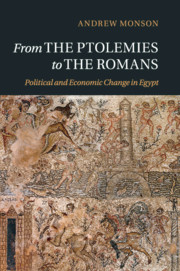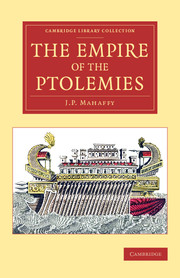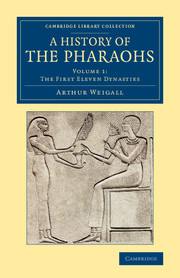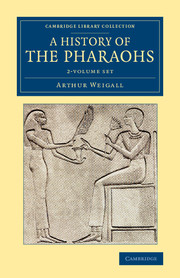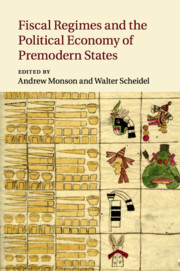From the Ptolemies to the Romans
This book gives a structured account of Egypt's transition from Ptolemaic to Roman rule by identifying key relationships between ecology, land tenure, taxation, administration and politics. It introduces theoretical perspectives from the social sciences and subjects them to empirical scrutiny using data from Greek and Demotic papyri as well as comparative evidence. Although building on recent scholarship, it offers some provocative arguments that challenge prevailing views. For example, patterns of land ownership are linked to population density and are seen as one aspect of continuity between the Ptolemaic and Roman period. Fiscal reform, by contrast, emerges as a significant mechanism of change not only in the agrarian economy but also in the administrative system and the whole social structure. Anyone seeking to understand the impact of Roman rule in the Hellenistic east must consider the well-attested processes in Egypt that this book seeks to explain.
- Integrates history and social science to come to new conclusions about the transition between Ptolemaic and Roman rule in Egypt
- Incorporates new evidence: many Egyptian sources used are inaccessible or unfamiliar to other historians
- Offers a case study for the impact of Roman rule
Reviews & endorsements
"[Monson] has given us a well-balanced analysis of this important political period in Egyptian history. By taking into account the interplay of the various determinants for change rather than establishing the one determinant, he provides a more convincing picture of Egypt's transition to a Roman province that will be the model for years to come."
Arthur Verhoogt, Bulletin of the American Society of Papyrologists
Product details
March 2012Hardback
9781107014411
364 pages
229 × 152 × 24 mm
0.7kg
14 b/w illus. 1 map 4 tables
Available
Table of Contents
- Preface
- Part I. Introduction:
- 1. The political economy of Egypt
- 2. Geography and population
- Part II. The Land Tenure Regime:
- 3. The regionalism of land tenure
- 4. The continuity of agrarian institutions
- Part III. Fiscal and Administrative Reforms:
- 5. Land taxation and the economy
- 6. Administration and redistribution
- Part IV. The Politics of Economic Change:
- 7. The impact of empire
- 8. Conclusion.

